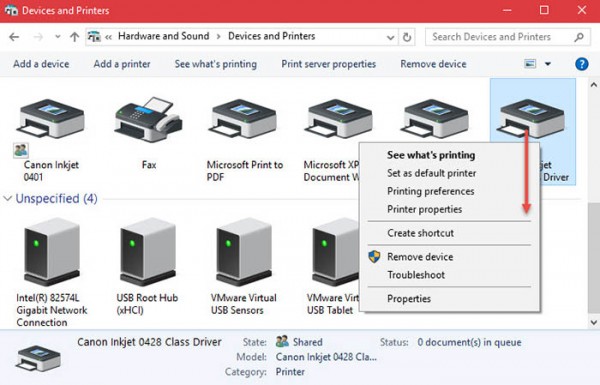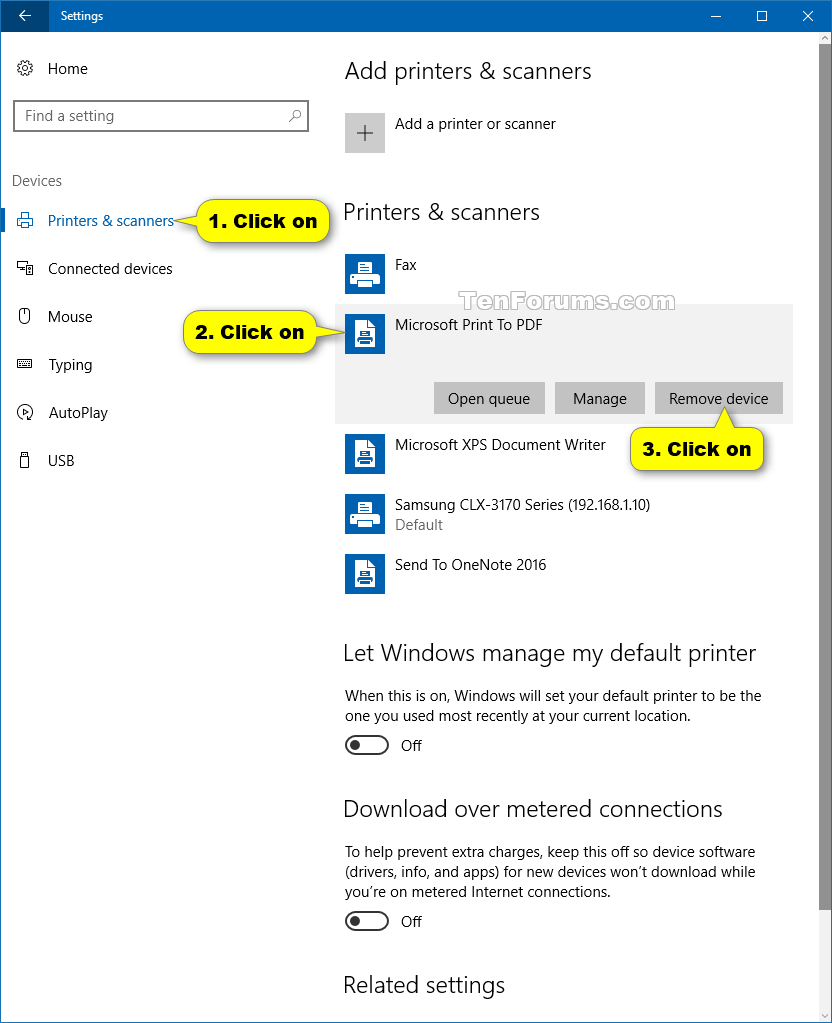


Related: What Is EXIF Data, and How Can I Remove It From My Photos? If you take an image in portrait mode, the camera knows and can act accordingly so you don't have to rotate it yourself. The sensor detects which way you're holding the camera, in an effort to rotate the photos properly. Manufacturers wanted to solve this annoyance, so they added rotation sensors to modern digital cameras and smartphones. The rotated image would appear the same in every program.as long as you took the time to manually rotate them all.

Print quality: From the Quality or Print Quality menu or slider, select Best, Normal, or Draft.Īdd or remove a border: Click Layout, and then click the Border menu to select a border width or select None for borderless prints.This just worked, everywhere. The setting might also be available in the File > Page Setup > Paper Size menu. Paper tray: Select the tray you loaded the paper into in Media & Quality if your printer has more than one tray.Ĭustom paper size: Click Manage Custom Sizes in the Paper Size menu, if available. Orientation: Select the Orientation of the photo, Portrait for vertical or Landscape for horizontal. Paper size: Select the paper from the Paper Size menu on the main dialog if present, or click Paper Handling, select Scale to fit paper size, and then select the paper in the Destination Paper Size menu. Paper type (plain, specialty): Select the paper type in Media & Quality to ensure the printer properly applies the ink to the paper you loaded in the printer. There is no way to bypass these features. Additionally, some ink is used from all cartridges to perform periodic servicing that preventsĬlogs and other print quality issues. If you regularly print in black and white, but find that color ink is also used, your printer model uses a mix of black andĬolor inks to decrease grain.


 0 kommentar(er)
0 kommentar(er)
